For Marieke and Sebastian


Figure 1. Map of double-track train tunnel under Riverside Park, Manhattan, New York City. 1994. with encampment show (locations approximation).
In 1992, I was in New York to write an article about Malcolm X and racism in contemporary America. One of the people I spoke to was Terry Williams, at that time a very controversial ethnographer specializing in urban issues.
Williams told me about his latest project. After publishing provocative studies on crack houses and cocaine gangs in which he stated that crack dealers were just entrepreneurs who followed the American Dream, Williams was now focusing on the underground homeless. For the past few years, he had been studying people living in New Yorks tunnel system. A new class of people who have been rejected by society and became in fact invisible, Williams formulated solemnly. I want to give the invisible a human face.
Immediately, I was intrigued by the phenomenon of tunnel people. Williams was actually looking for a photographer so pretty soon we decide to cooperate. However, I found the tunnel people such an extremely fascinating subject that what initially was meant to be just an article to accompany my photos eventually turned into a book.
I was not the only one gripped by the subterranean dwellers. In the winter of 1989, Jim Dwyer, the special subway correspondent of New York Newsday, reported the first stories about homeless people living in the deserted tunnels at an abandoned subway station near Lafayette Street. New Yorkers became captivated with tunnel people when Dwyer reported that these mythical creatures were in fact just ordinary materialistic Americans. They had installed themselves quite comfortably, and by illegally tapping electricity, they had surrounded themselves with fridges, TVs, heaters, microwaves, and other luxurious appliances.
Soon more reports and articles saw the light. It was said that in the complicated labyrinth of hundreds of kilometers of subways and railroad tunnels, thousands of homeless people had found a home. And not only the relatively well settled group that were watching TV under Lafayette Street. There were also miserable cases, creatures abandoned by God who saw the tunnels as the final terminal in their failed lives, people who had gone underground just to wait until death took them away. There were cases of AIDS patients, whose bodies had been partially eaten by rats.
The subterranean world was painted as Dantes Inferno, making Dickens gloomiest scenes seem just a picnic. The tunnel people became labeled with sensational names such as Mole People and CHUDS: Cannibalistic Human Underground Dwellers. There were urban legends about subway maintenance workers who had disappeared without a trace, having met their final destiny on the roasting spits of starving savages.
Apart from the numerous reports in the local papers and many documentaries on domestic and foreign channels, journalist Jennifer Toth published her book The Mole People in 1993. It was a gripping report of extensive research into a few underground colonies of homeless people: One group in the Amtrak tunnel (the one this book is about), one colony under Grand Central Station and several small groups and individuals living in the subway system.
Toths book initially got rave reviews, but people in homeless advocacy groups, some journalists, and a few tunnel people accused her of sensationalizing and exaggerating her subject. Critics said her research was sloppy, impossible to confirm, and inaccurate. They pointed out that most of the so-called mole people were just the people in the Amtrak tunnel, a relatively safe and accessible location. Whatever critics have said, up to this point her book has been seen as the standard work on New Yorks underground homeless population.
At the end of 1995, photographer Margaret Morton published The Tunnel, a large coffee-table book with medium format photographs of the Amtrak tunnel alongside transcriptions of interviews. Some found her book too arty and conceptual. However, it provides meticulous documentation of the physical environment of the tunnel and its inhabitants. Terry Williams book, Voices from the Underground, which he himself describes as creative non-fiction, was finished by 1994, but has not yet been published due to complications with the publishers. In 2001, Marc Singer presented his award-winning documentary Dark Days. Marc Singer spent months in the Amtrak tunnel and used its dwellers as film crew. Shot on 16 mm black-and-white film, the result is the ultimate tunnel documentary, with a shockingly honest portrayal of some of the people living there.
To add something new to the earlier studies, I decided to take the anthropological approach, using its favorite research method of participant observation. As the name implies, the researcher moves between a role of distant observer at certain times, to an involved actor at other times. While many associate cultural anthropology with the study of exotic tribes in faraway places, the U.S. has a long tradition of urban anthropology and ethnography, exemplified by the so-called Chicago School of Sociology. One of its most well known figureheads is Nels Anderson, who published The Hobo in 1923, a very detailed study of the life of the mobile class of itinerants and vagrant day laborers roaming the States in the early twentieth century. Other studies from around the same time focused on organized crime, prostitution, youth gangs, and poverty in the ghettos.
To get closer to the tunnel people, I asked to live in the tunnel myself and was offered a little bunker where I could stay. In total I spent about five months in the tunneltwo months at the end of 1994 and another three months in the summer of 1995during which time I took part as much as possible in the daily life of the tunnel dwellers.
In the summer of 1995, the tunnel people were threatened with eviction by Amtrak. At the same time, however, there was also a federal program to offer the tunnel dwellers alternative housing. It was very interesting to see how the tunnel people reacted, both to their threatened existence as well as to the opportunity to start a new life. My old Dutch anthropology professor Speckmann would have called it a laboratory situation. In January 1996, shortly before my book went to print, I returned to the tunnels to do a small update on the eviction and housing process.
Apart from my bunker in the tunnel, I also had a room in Brooklyn where I could escape after three or four days of tunnel life to wash up, develop my film, work out my field notes and ponder new research questions. This was not a luxury for a researcher, since in the tunnel I was constantly submerged in new information and bizarre events. Never a dull moment, as one of the tunnel dwellers said.
I focused on one colony, the one living in the Amtrak railroad tunnel that runs under Riverside Park from 72nd to 125th Street on Manhattans Upper West Side. This is the most approachable group of tunnel people; it is also the group most frequented by journalists.
I estimated that approximately thirty to fifty people lived in the Amtrak tunnel, scattered in small groups. My study focused on a dozen individuals within this population. The selection was more based on random meetings and chance instead of a well thought out research strategy.

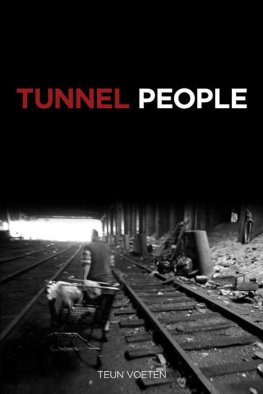
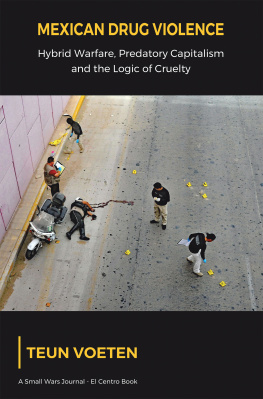
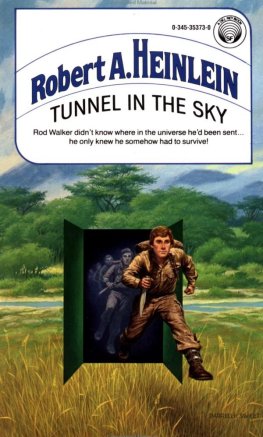

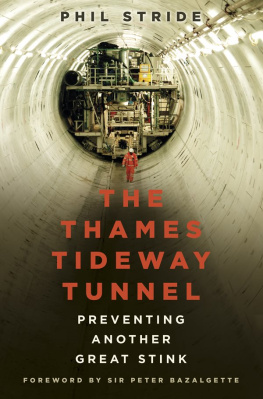
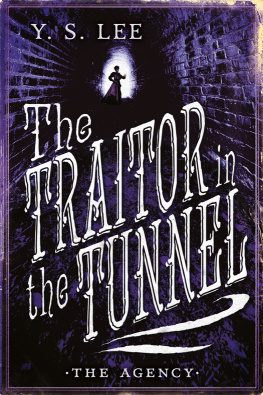
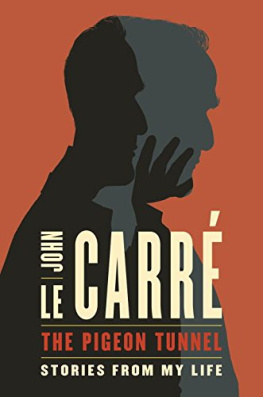

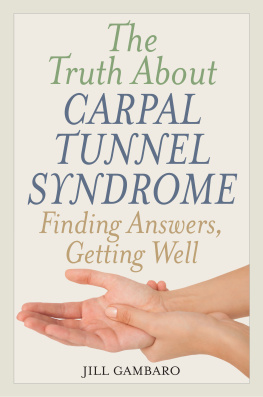
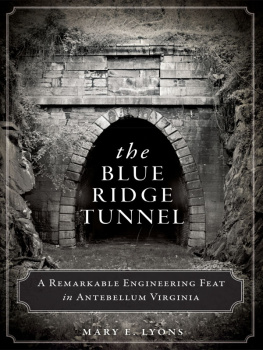

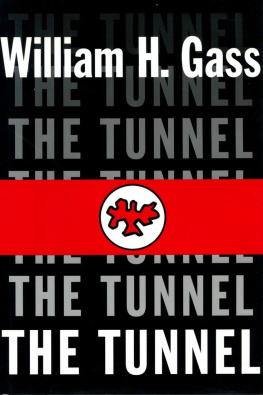
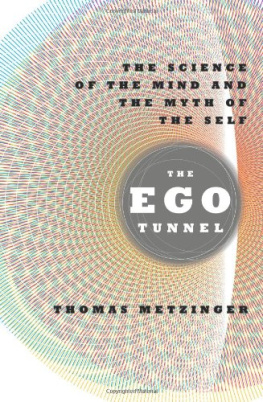
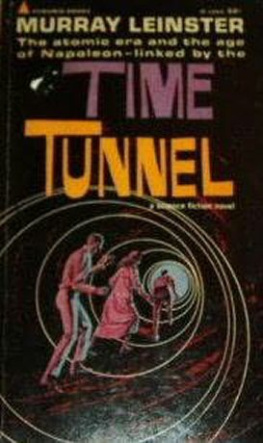

 Figure 1. Map of double-track train tunnel under Riverside Park, Manhattan, New York City. 1994. with encampment show (locations approximation).
Figure 1. Map of double-track train tunnel under Riverside Park, Manhattan, New York City. 1994. with encampment show (locations approximation).